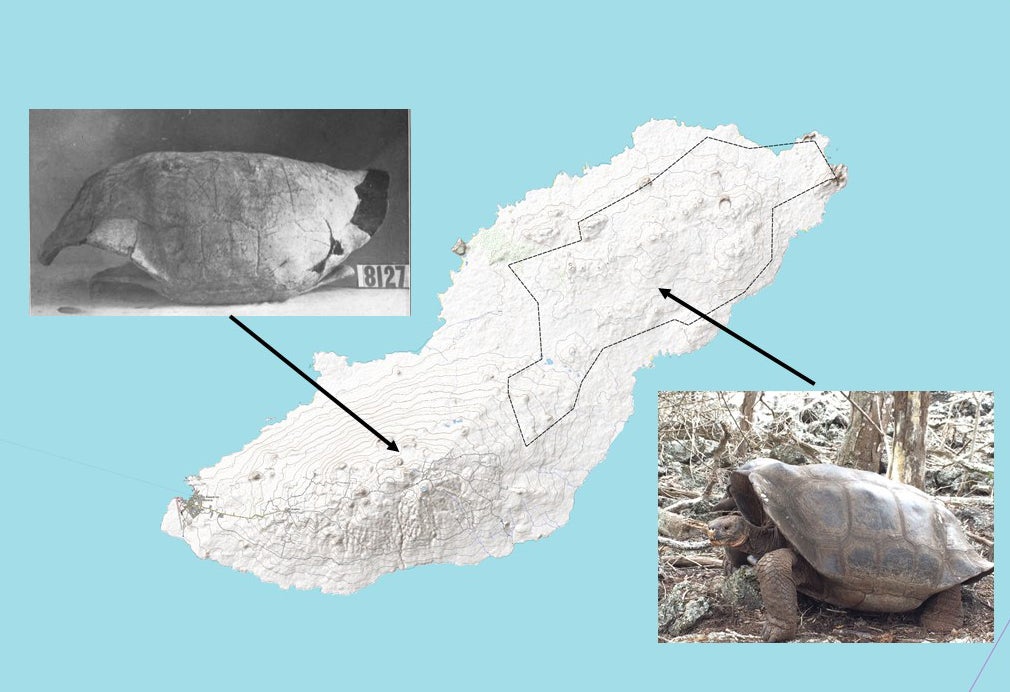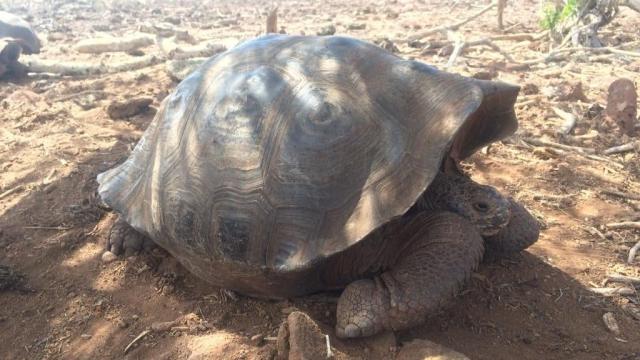Giant tortoises currently living on San Cristóbal of the Galápagos Archipelago may need a new scientific name, as researchers had mistakenly conflated them with an extinct tortoise species.
In 1906, an expedition from the California Academy of Sciences explored the southwest highlands of San Cristóbal, a 557 km-long island in the Galápagos. There, they discovered a previously unknown species of giant tortoise, which was later given the scientific name Chelonoidis chathamensis. The team brought back samples in the form of bones and shells, which have been kept at a museum ever since.
Importantly, the expedition didn’t venture down to the island’s northeast lowlands, where thousands of giant tortoises live today. For years, scientists had assumed that the lowland tortoises were of the same species, C. chathamensis, but new DNA evidence published in the scientific journal Heredity suggests this was a mistaken assumption and the lowland tortoises are of an entirely different lineage.
The twist in this story is that C. chathamensis “is almost certainly extinct,” according to the Galápagos Conservancy, a group of researchers who, along with scientists from Newcastle University and Yale University, performed the genetic analysis. They compared genetic material from the tortoises currently living on San Cristóbal to DNA extracted from the museum samples, finding that the two sets did not match. The DNA of the highland tortoises was unique but closely related to giant tortoise species found on the Galápagos islands of Española and Pinta.

That means the “8,000 tortoises living on San Cristóbal today may not be rightly called C. chathamensis at all, since they are another taxon (or lineage) entirely that has no formal description or scientific name,” the Conservancy said, adding that “the extant giant tortoise species on San Cristóbal Island in Galápagos represents a genetically distinctive and undescribed group of organisms…new to science.”
The finding suggests San Cristóbal was home to two different species of giant tortoise, each having their own nesting areas (one in the highlands and one in the lowlands), until C. chathamensis went extinct around the midpoint of the 20th century. Millions of years ago, high sea levels may have cut San Cristóbal in half, allowing for the evolution of separate species on the two land masses.
Fifteen species of giant tortoise once lived in the Galápagos, located 1,000 km off the Ecuadorian coast. At least four species have gone extinct, the result of invasive rats, human hunting, and other factors. An estimated 20,000 to 25,000 giant tortoises live across the archipelago today.
The researchers plan to gather more DNA evidence from San Cristóbal and perform further tests to confirm the new result. Should future evidence confirm the presence of two species, scientists will have to come up with a new name for the lowland tortoises.
